There are several reasons why native video ads tend to be more effective than traditional video ads. First, they are more likely to be shared on social media. This is because people are generally more comfortable sharing content that doesn’t feel like an ad. Native video ads are also less likely to be skipped, since they are integrated into the content. Finally, native video ads tend to have a higher completion rate, since they are less obtrusive and more relevant to the user.
If you’re looking to create a successful video marketing campaign, native video ads are a great option. Here are some tips for creating effective native video ads:
- Keep it short and sweet: Native video ads should be between 15 and 30 seconds long.
- Make it relevant: The ad should be relevant to the content in which it is embedded.
- Use strong visuals:Native video ads should use strong visuals to grab attention and hold interest.
- Use an attention-grabbing headline: The headline should be clear and concise, and it should entice viewers to watch the video.
- Use call to action text that is easy to read on mobile devices.
Native video ads are a great way to reach your target audience. Keep these tips in mind to create successful video campaigns that will help you achieve your marketing goals.
B2B Marketing News: Top B2B Marketing & Sales Consolidation Obstacles, Twitter’s Branded Likes, Video Spending Soars, & Google’s New Page Experience Features
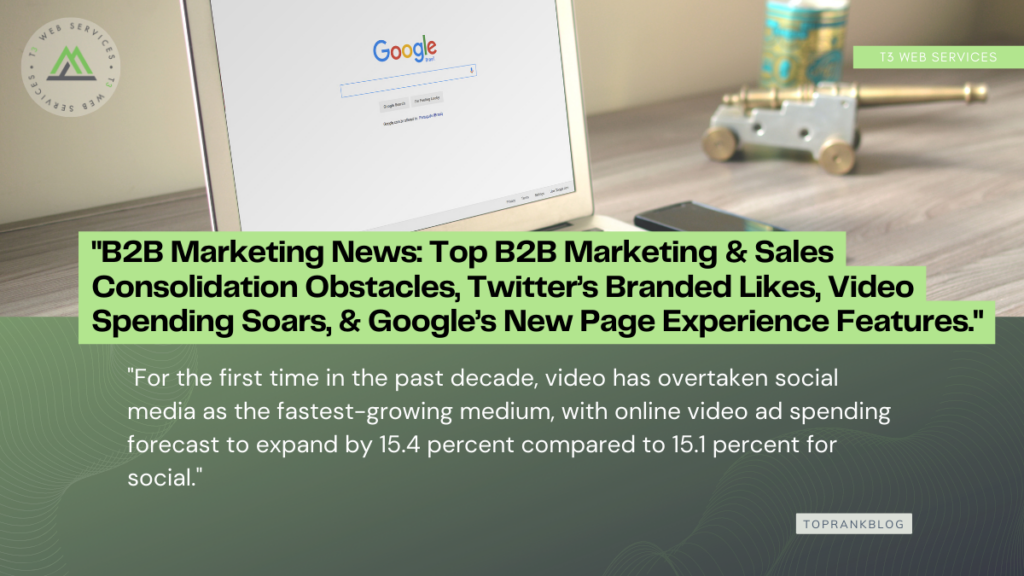

Meta and Google’s hold on digital advertising loosens as TikTok and others gain share
Google and its YouTube business combined with Meta and its Facebook and Instagram platforms combined to account for 53.4 percent of all U.S. digital advertising spending, a figure that is expected to fall to 50.5 percent in 2022 and predicted to drop to 47.7 percent by 2024, according to newly-released forecast data. The data also showed that between 2020 and 2023 nine additional platforms will have become $1 billion advertising businesses. eMarketer
The Brand Lessons That Are Having An Impact This Year In B2B
B2B brands are seeing success using some of the techniques and styles typically reserved for B2C marketing efforts such as multichannel customer communication and an increased focus on environment, social and governance (ESG), and Forbes explores some of these shifts. Forbes
New Updates To Google Page Experience Scoring Revealed At SEODay
Search giant Google has rolled out its Interactivity to Next Page (INP) metric and several other changes to its page experience factors, which it uses in determining how well web pages deliver when it comes to both the desktop and mobile user experiences — among several changes contained in its latest update, Google recently announced. Search Engine Journal

https://www.toprankblog.com/2022/07/b2b-marketing-news-070122/
Native video tops social media in brand awareness study
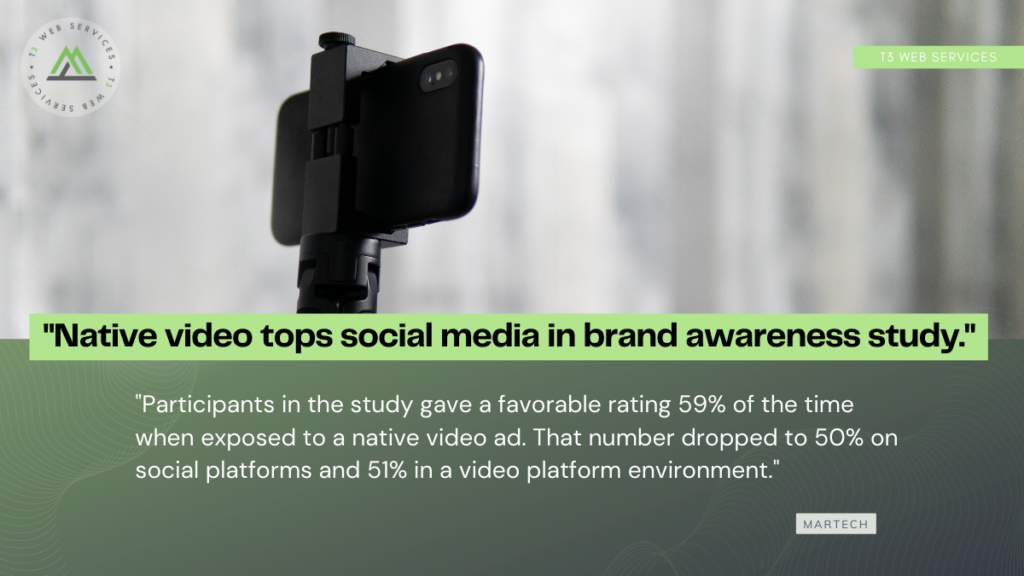

33% of participants displayed top-of-mind awareness about a brand when shown a native video ad. This displayed a marked improvement over the control group, which only had 14% top-of-mind awareness.
When native video was combined with social video ads, the awareness climbed to 49%.
Impact of native ads. Taboola, which sells content discovery and native advertising products, sponsored the study.
“With industry estimates indicating that video advertising in the U.S. will reach nearly $50B this year, brands have a lot of opportunities to influence customers, as long as they’re choosing the right platforms and mix of platforms to relay their messages,” said Taboola CEO and founder Adam Singolda, in a company release.
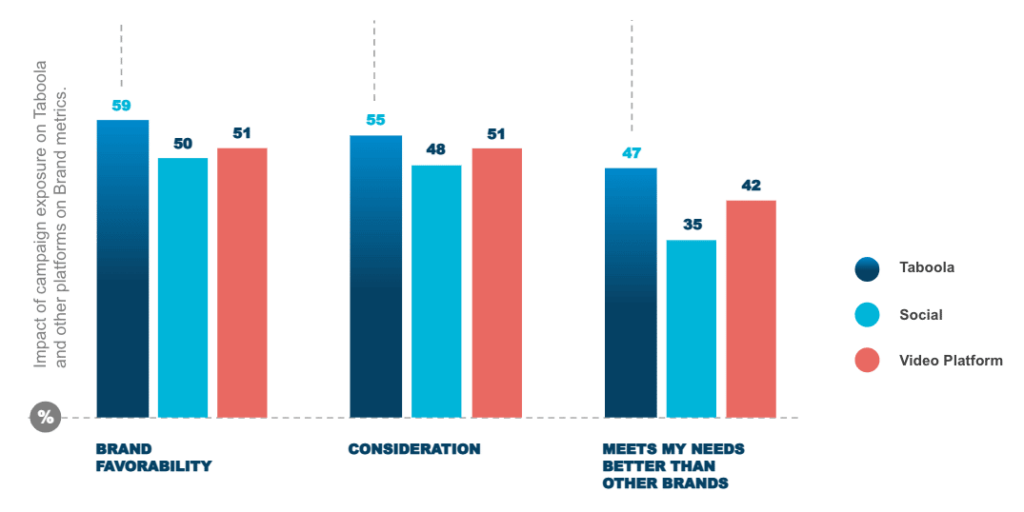

https://martech.org/native-video-tops-social-media-in-brand-awareness-study/
Seven Ways to Increase Your Brand Influence
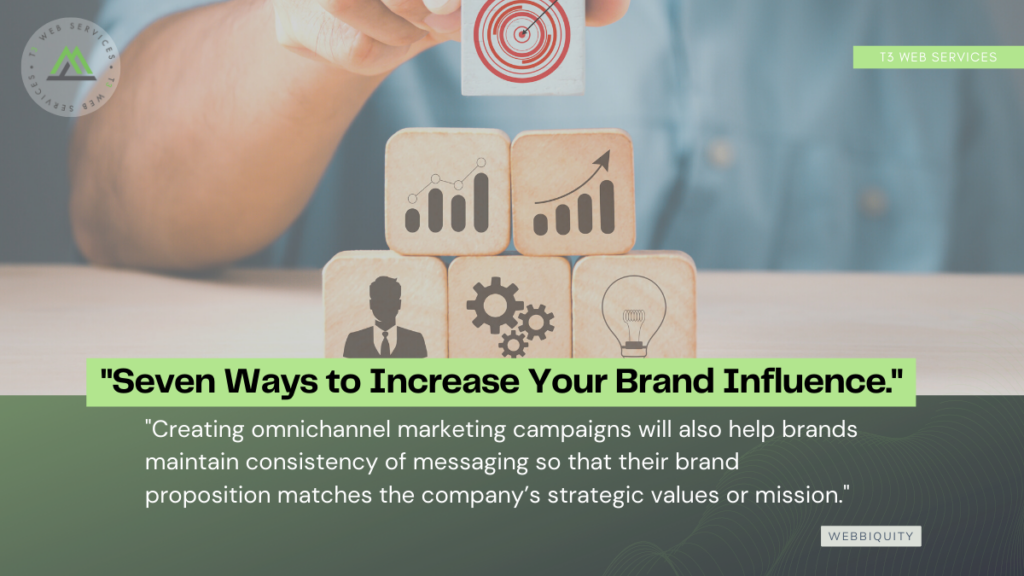

1. Practice Proper Channel Management
Brands compete for the attention of their customers in real-time, across various channels. This landscape is in constant flux, which presents companies with a huge challenge in increasing their influencing power.
An effective way to circumvent this problem is to practice proper channel management. This is particularly important for brands with customers who purchase via different routes and devices.
For example, a customer might:
- Discover a product while browsing videos on YouTube
- Use their work desktop PC to search for more information about a product on Google
- Check their Amazon app or social media sites for reviews from other customers
- Use a comparison tool on their phone to find the lowest price
- Order the product on their home laptop
- Use their smartwatch to make a payment via Google Pay
2. Create Omnichannel Marketing Campaigns
Speaking of coherent marketing campaigns, another way to increase a brand’s influencing power is to use at least three digital marketing platforms to create effective omnichannel marketing campaigns.
This is crucial because in today’s fast-paced, multi-channel business landscape, people are turning to online sources to discover information that’s accurate and helps them solve common and complex problems. Brands must have an integrated, cross-channel marketing strategy to avoid wasting marketing dollars by unintentionally targeting the wrong audience.

https://webbiquity.com/branding/seven-ways-to-increase-your-brand-influence/
What Is Localism and How Does it Relate to Local SEO?
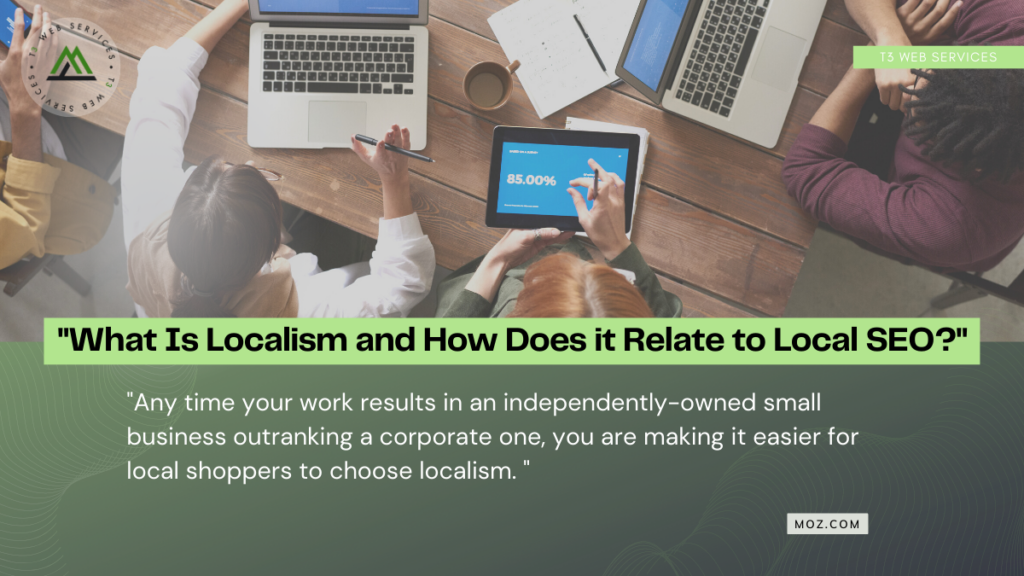

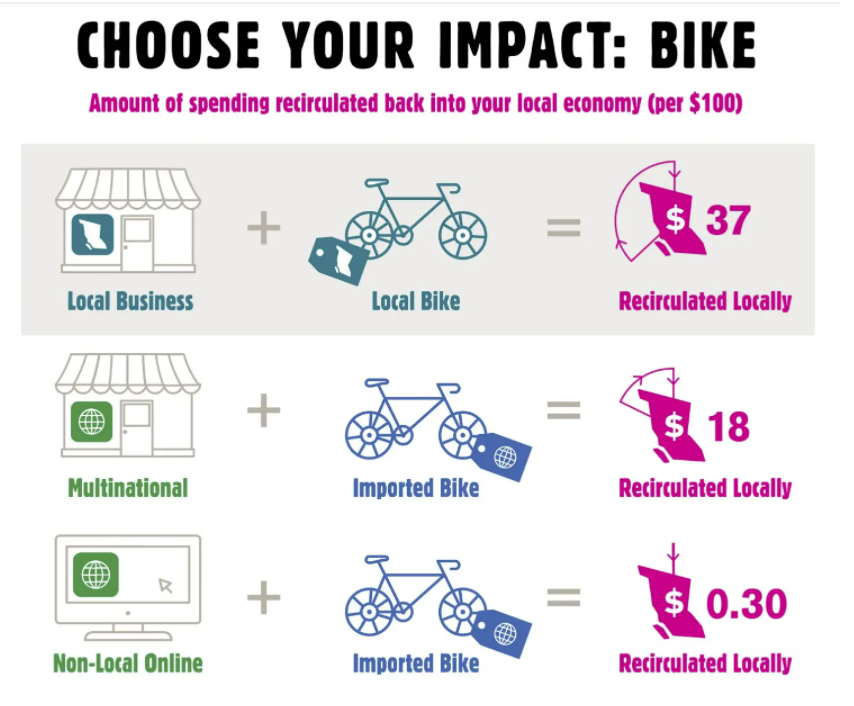
The most immediate and obvious benefit of economic localism is that the money you spend keeps circulating amongst your neighbors. As illustrated above, you buy a bike and put money into the pocket of the local bike shop owner. On their lunch break, the bike shop owner cycles down the road for lunch and hands your money over to the local restaurateur. After work, the restaurateur takes your money to the local hardware store to pick up some locally-grown veggie starts for their home garden. The next morning, the hardware store owner is using your money to pay part of their electricity bill to the community-owned utility. A few weeks later, an engineer at the utility company is using your money to donate to a new bike path being made in your community so that there are safer places for cyclists like you to ride.
In sum, a community built on localism recycles its money so that it can be dedicated to local people’s needs and projects, but a community without this model becomes increasingly under-funded because its wealth is leaking away into the wallets of national, multi-national, and remote entities with no stake in local life. When your community needs a new fire engine, repairs to the town hall, or schoolbooks, the money is there within the city instead of lost forever to the coffers of Walmart or Amazon where the CEOs have no thoughts about your local needs. So, basic economic localism begins with ensuring that local wealth is recycled instead of extracted, but this is just the first of its benefits and we’ll look at a few more that deserve priority focus.

https://moz.com/blog/localism-in-local-seo
How to empower your SEO and digital marketing strategy with data
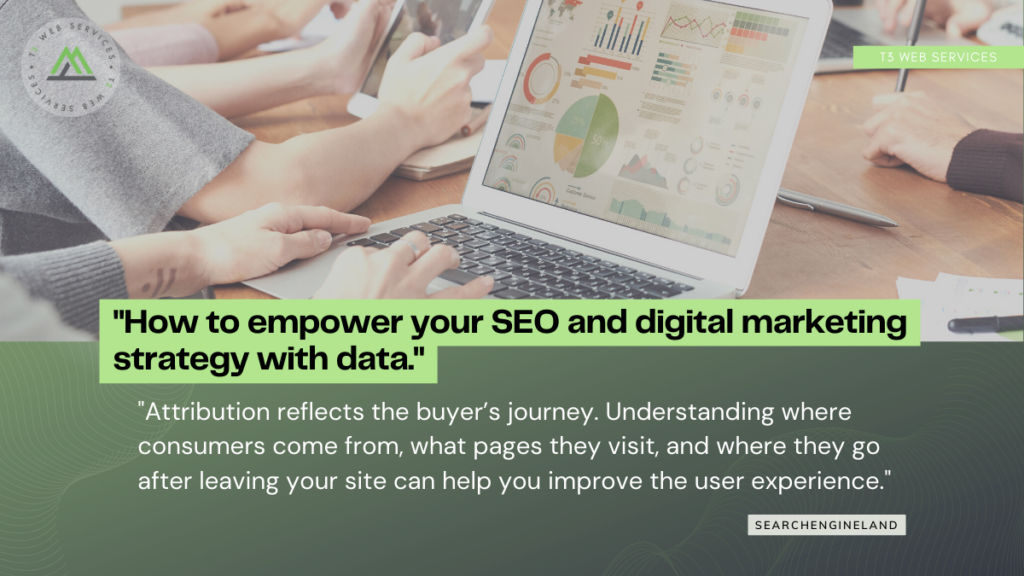

Here are some data points you can look at:
- Overall KPIs: Are your site’s sessions, impressions, clicks and conversions trending up or down?
- Keywords ranking: How many keywords are ranking in the top 1-3, 4-10, 11-20, or in the top 100 of Google? What keywords are gaining or losing traction? What is the estimated traffic cost of these keywords? What keywords are seeing the most volume and conversions?
- Pages trending up/down: What pages have a high volume of traffic? What pages are losing traffic? These pages can be optimized and expanded to add more optimized content and internal links.
- Striking distance keywords: What keywords are in the top 20? Once you identify these, consider adding internal and external links to those pages and perform on-page SEO to push those keywords higher in the SERPs.
- Content optimizations: What content can you add to pages trending up or down? Type the target keyword for the page, and use questions from Google’s People Also Ask box to enhance your content.
- Audience demographics: Google Analytics includes a plethora of audience reports, including age, gender, interests, geographical targeting, devices and more. Use this data to build your persona profiles and target keywords for each persona and buying stage.

https://searchengineland.com/empower-seo-digital-marketing-strategy-data-386077
Six Ways to Build Customer Trust Using Your Website
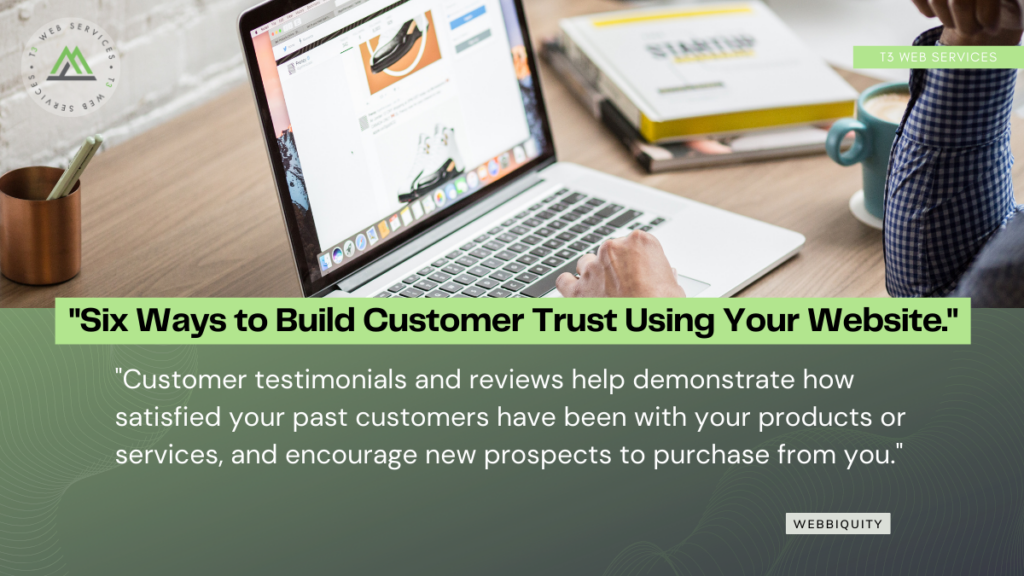

1. Update the overall design of your website.
Understand and utilize current user experience (UX) and user interface (UI) design methods across your website’s pages. Also, use a modern, professional graphic design approach for your website. Having an attractive, easy-to-navigate, professional appearance helps your website earn trust among your visitors.
2. Test all of your website’s components.
Getting the design right is only half the battle. To inspire trust in your users, it’s imperative that your site is fully functional.
It’s vital to test all of the components on your website to ensure they are all functioning correctly, using multiple devices (iOS, Android, desktop) and browsers (particularly the big four: Chrome, Edge, Safari, and Firefox).
That includes making sure elements like links in headers and footers, payment gateways, subscription forms, social media icons, and automated email sequences are all working exactly as intended.
3. Include logos of brands you work with.
With the design and functionality taken care of, focus next on using social proof to customer trust on your website. One of the simplest ways of doing that is to show the logos of your well-known current or past clients.

https://webbiquity.com/website-design/six-ways-to-build-customer-trust-using-your-website/
5 ways to get PPC and SEO working together
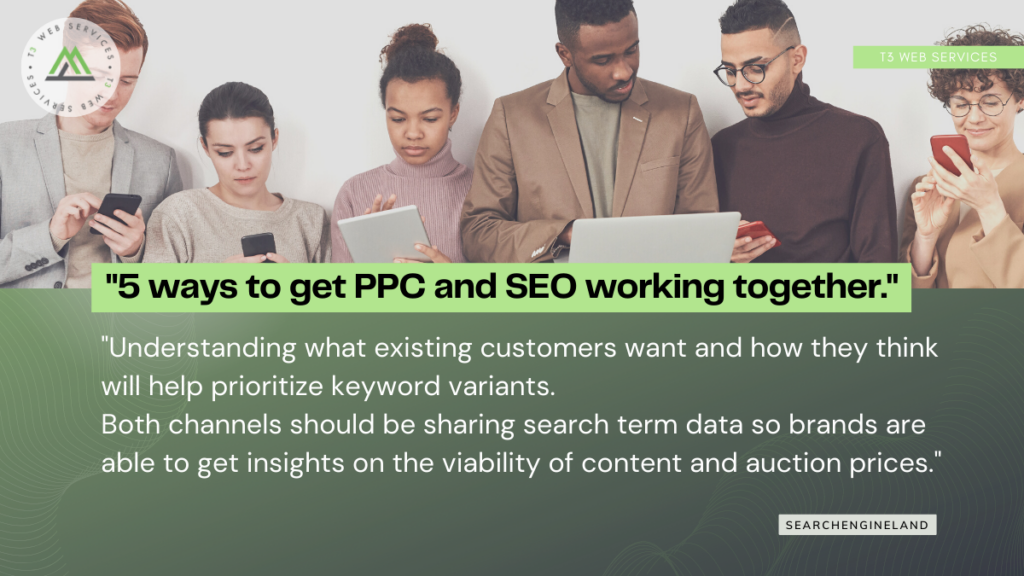

Tip 1: Collaborate on first-party data readiness
All digital marketing campaigns need to account for first-party data.
Understanding whether your brand is compliant requires input from both your SEO and PPC teams.
If you rely heavily on remarketing campaigns (either because you’re in an expensive industry or the customer journey naturally takes multiple steps), you may find yourself increasingly reliant on native audiences.
Tip 2: Acknowledge and adapt based on domain structure choices
There are three ways to set up brand URLs:
- One domain for everything (including international).
- Subdomains for various initiatives.
- Vanity domains and country domains.
Regardless of what path you take, PPC-specific pages need to be noindex/nofollow and allow for the adbot to access them so they can contribute to quality score.

https://searchengineland.com/get-ppc-seo-working-together-386083

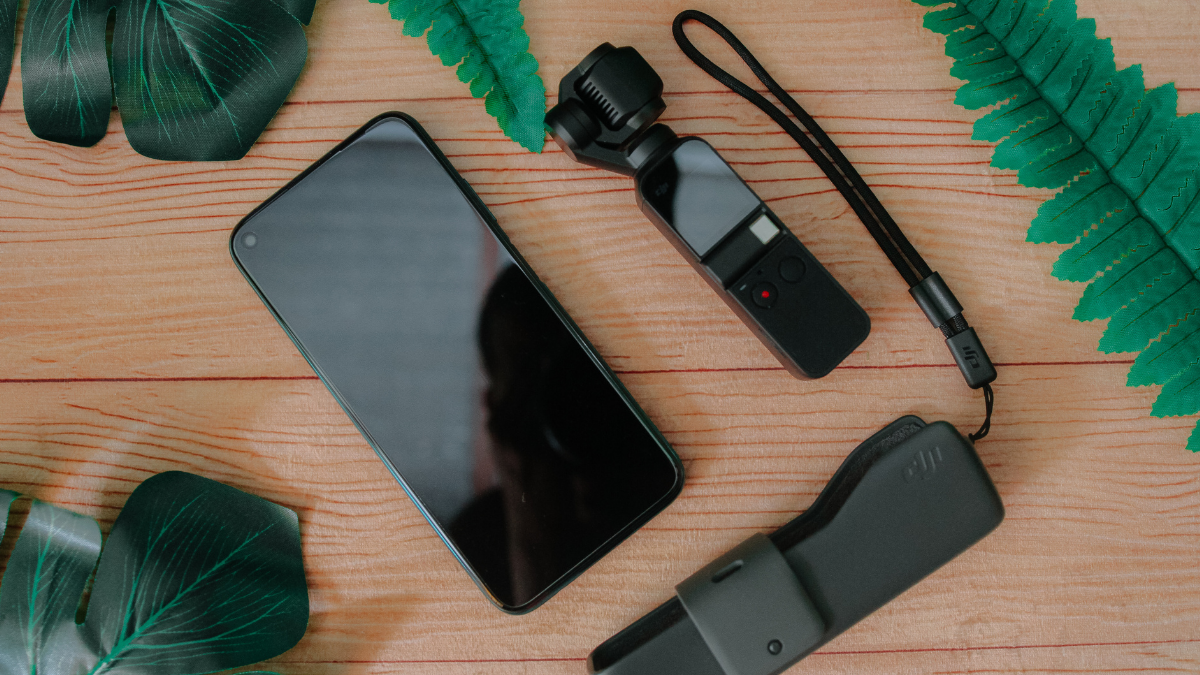
Leave a Reply